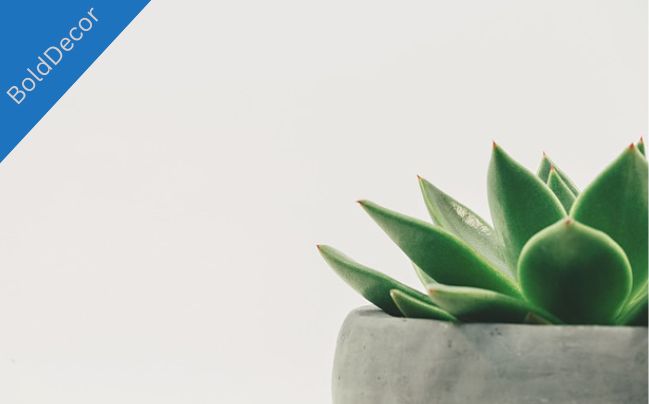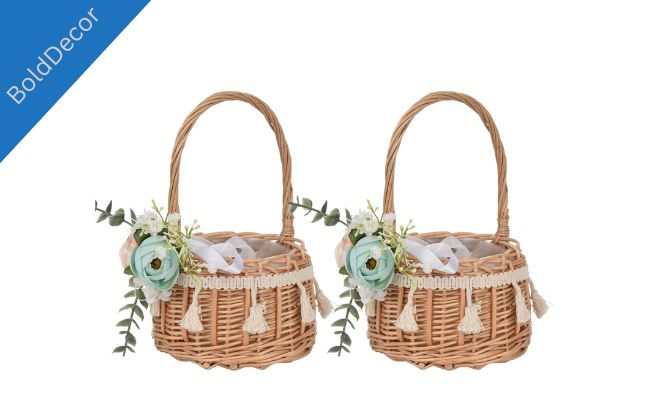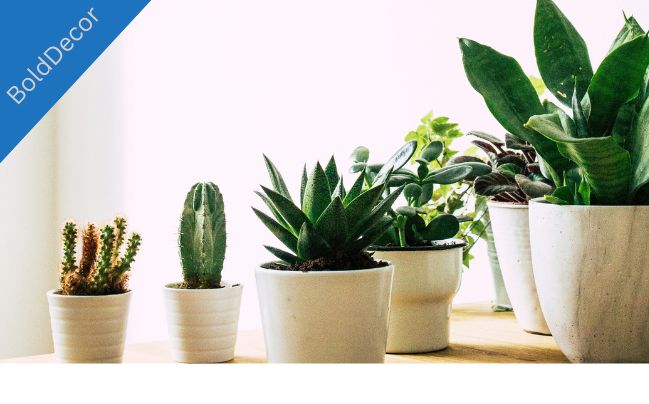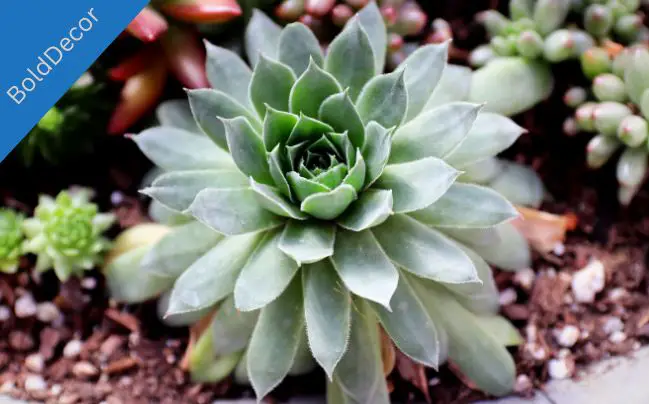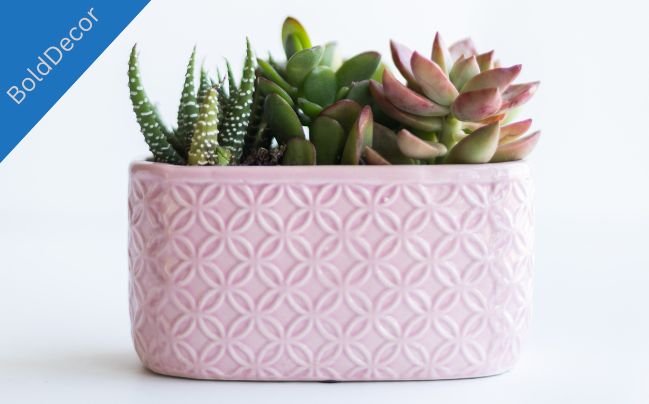Selecting the right plants for your terrarium involves careful consideration of factors such as size, lighting needs, and humidity tolerance. The following list highlights the best plants suited for terrarium environments, thriving in the conditions typically provided.
Whether you have a glass plant terrarium or a mini terrarium, these plants are perfect for confined spaces and will bring a touch of nature into your home.
Key Takeaways:
- The best plants for terrariums are those that can thrive in confined spaces
- Size, lighting requirements, and humidity tolerance are essential when choosing plants for terrariums
- The following 10 plants are the best for creating a thriving terrarium environment:
- Spider Plant
- Pilea
- Peperomia
- English Ivy
- Ferns
- Fittonia
- Moss
- Selaginella
- Begonia
- Polka Dot Plant
Table of Contents
Terrarium-Friendly Plants for Beginners
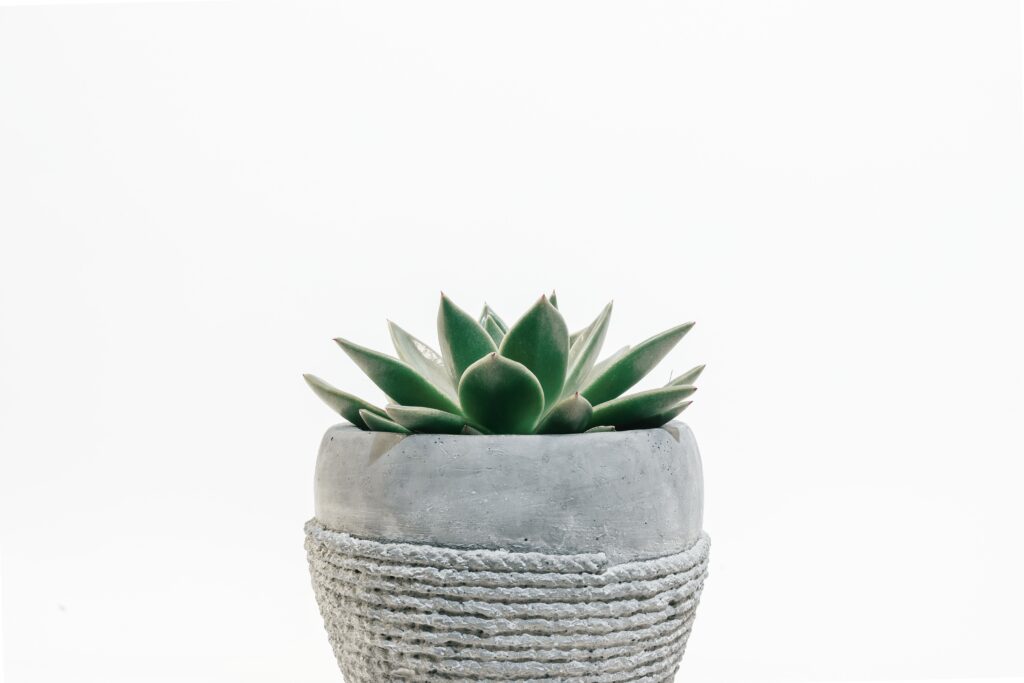
If you’re new to terrarium gardening, don’t worry! There are plenty of plants that are easy to care for and perfect for beginners. One of the most important aspects of terrarium gardening is using the right type of soil. Terrarium soil is specially formulated to retain moisture and provide adequate drainage, ensuring your plants thrive in their enclosed environment.
When choosing plants for a terrarium, it’s important to consider their size and growth habits. Closed terrariums require plants that won’t outgrow their container, so it’s best to choose slow-growing plants that prefer low light and high humidity.
Best Plants for Closed Terrariums
| Plant Name | Light Requirements | Watering Needs | Growth Habit |
|---|---|---|---|
| Ferns | Low to Medium | Minimal | Compact and Slow Growing |
| Mosses | Low to Medium | Minimal | Spreads and Creeps |
| Air Plants | Bright Indirect | Spray or Soak Weekly | Compact and Epiphytic |
These three types of plants are perfect for closed terrariums. Ferns prefer a low to medium light environment and minimal watering, making them an ideal choice for an enclosed environment. Mosses are another great option, as they spread and creep along the soil, creating a lush, green carpet. Air plants are unique in that they don’t require soil to grow; instead, they absorb nutrients and moisture from the air.
With these tips, you’ll be able to choose the best plants for your closed terrarium and create a mini garden that is both low-maintenance and visually appealing. Happy planting!
Miniature Plants for Small Terrariums
Small terrariums can still pack a big punch with the right plants! Miniature plants offer the perfect solution for those looking to create a compact indoor garden. Here are my top picks for small plants for terrariums:
| Plant Name | Size | Light Requirements | Care Level |
|---|---|---|---|
| Miniature Ferns | 2-6 inches | Low to Medium | Easy |
| Baby Tears | 1-2 inches | Low to Medium | Moderate |
| Miniature African Violets | 2-4 inches | Low to Medium | Easy |
These plants not only add a touch of greenery but also create a sense of depth and scale within the terrarium. When choosing mini terrarium plants, it’s important to consider their mature size and growth habits. You don’t want a plant that will outgrow your confined space!
In addition to the plants listed above, here are some other small plants that work well in a terrarium:
- String of Pearls
- Burro’s Tail
- Miniature Succulents
- Chinese Dunce Cap
When designing a small terrarium, don’t be afraid to experiment with different textures and colors to create a dynamic and interesting display. A variety of mini plants can be mixed together to create a natural, layered effect.
Tip: When working with small terrariums, use long-handled tools like tweezers and chopsticks to help with planting and arranging.
With the right mini terrarium plants, you can create a beautiful and captivating indoor garden no matter how limited your space may be.
Tropical Plants for Lush Terrariums
If you’re looking to add a touch of the tropics to your indoor garden, tropical plants for terrariums are the perfect choice. These plants thrive in the humid environment of a terrarium and can create a lush and vibrant display.
One of the most popular tropical plants for terrariums is the Fittonia, also known as the nerve plant. This plant has stunning foliage with deep green leaves and veins of pink, white, or red. The Calathea is another tropical plant that is perfect for terrariums. This plant has large leaves with vibrant patterns and colors, making it a stunning centerpiece for any terrarium.
If you’re looking for a tropical plant that can add height to your terrarium, consider the Bromeliad. These plants have long, slender leaves that can reach up to a foot tall, and they produce colorful flowers that can last for months.
Tips for Caring for Tropical Plants in Terrariums
When caring for tropical plants in terrariums, it’s important to recreate their natural environment. This means using a well-draining soil and providing adequate humidity. You can add a layer of pebbles at the bottom of the terrarium to add extra drainage, and mist the plants regularly to keep them hydrated.
It’s also important to choose plants that have similar care requirements. For example, if you have a Bromeliad in your terrarium, choose other plants that can tolerate the same amount of light and moisture.
A Comparison of Popular Tropical Plants for Terrariums
| Plant Name | Light Requirements | Watering Needs | Maintenance Level |
|---|---|---|---|
| Fittonia | Indirect sunlight | Moist soil, mist regularly | Low-maintenance |
| Calathea | Indirect sunlight | Moist soil, mist regularly | Medium-maintenance |
| Bromeliad | Bright, indirect sunlight | Moist soil, water in the center cup | Low-maintenance |
Overall, tropical plants for terrariums can add a vibrant and exotic touch to your indoor garden. By choosing the right plants and providing proper care, you can create a lush and thriving terrarium that will be the envy of all your friends.
Low Maintenance Terrarium Plants
If you’re someone who wants to enjoy indoor plants without the hassle of time-consuming care, low maintenance terrarium plants are a perfect match for you. These plants are easy to care for, and they thrive in terrarium environments. Below are some of my top recommendations for indoor plants for terrariums that require minimal attention and add aesthetic value to your home.
Snake Plant (Sansevieria trifasciata)
If you’re looking for a plant that requires minimal care, the Snake Plant is your answer. These plants are air-purifying and can tolerate a range of lighting conditions, including low light. Snake Plants are suitable for closed terrariums and prefer well-draining soil. They grow slowly and remain relatively small, making them perfect for small glass plant terrariums.
Air Plants (Tillandsia)
Air Plants are ideal for terrariums as they do not require soil and absorb nutrients through their leaves. They grow well in bright, indirect light and need to be soaked in water once a week. Air Plants come in various shapes and sizes, making them perfect for creating a unique and personalized terrarium setup.
Chinese Evergreen (Aglaonema)
The Chinese Evergreen is a low maintenance plant that is perfect for beginners. These plants can grow in low to bright light and prefer well-drained soil. They also have air-purifying qualities, making them an excellent choice for closed terrariums. The Chinese Evergreen is available in many colors and patterns, making them a popular choice for indoor gardening.
Spider Plant (Chlorophytum comosum)
The Spider Plant is a perfect indoor plant for terrariums as it is easy to care for and has an impressive growth rate. They require moderate to bright light and well-draining soil. Spider Plants remove toxins from the air, making them an excellent choice for closed terrariums and indoor air-purification.
Pothos (Epipremnum aureum)
Pothos is an excellent indoor plant for beginners and is one of the most popular low maintenance terrarium plants. They grow well in low to bright light and prefer well-draining soil. Pothos plants can grow quickly and come in a range of colors and patterns, making them a popular choice for glass plant terrariums.
Succulent Plants for Desertscape Terrariums
If you’re looking for a low-maintenance and visually stunning addition to your terrarium, succulent plants are an excellent choice. These drought-tolerant plants come in a variety of shapes and sizes, and their unique characteristics make them a popular choice for creating a desertscape terrarium.
Succulent plants for terrariums come in different varieties, including cacti, agave, and aloe. Each of these succulent types has its own unique characteristics that make them ideal for a desertscape terrarium. For example, cacti have spines that add texture and interest to the terrarium, while agave plants have a distinctive rosette shape that creates a focal point in the design.
When selecting succulent plants for your terrarium, it’s essential to consider their care requirements. Some succulent plants, such as cacti, require plenty of sunlight, while others, such as aloe, prefer low light situations. Choosing the right plant for your terrarium can determine its longevity and overall appearance.
The Best Terrarium Plant Types for a Desertscape Terrarium
There are several types of terrarium plants that are perfect for creating a deserts cape environment, these include:
- Haworthia: A small, slow-growing succulent with spiky leaves that create a striking visual effect in the terrarium.
- Snake plant: A tall and slender plant with long, pointed leaves that give an elegant touch to the terrarium.
- Echeveria: A rosette-shaped succulent with delicate leaves that come in a range of colors, from pink to green.
- Agave: A dramatic succulent plant with tough, spiky leaves that create a bold focal point in the terrarium.
When designing your desertscape terrarium, it’s essential to consider the placement of each plant to ensure they thrive in the confined space. Placing them strategically can create a stunning and visually appealing composition.
Caring for Your Succulent Terrarium Plants
When it comes to caring for your succulent plants, the most important thing to remember is not to overwater them. Succulents are designed to store water in their leaves, so they can go weeks without being watered. Overwatering can lead to root rot and other problems that can ultimately harm your plants.
It’s recommended to water succulent plants in terrariums every two to three weeks, depending on the humidity in your home. When watering, make sure to wet the soil and avoid getting water on the leaves.
Succulent plants for terrariums are a beautiful and low-maintenance addition to any indoor garden. By choosing the right plant types and providing proper care, you can create a stunning desertscape terrarium that will thrive in your home for years to come.
Popular Terrarium Plants for Various Styles
Terrariums are a versatile and stylish addition to any indoor space. Whether you’re going for a modern or whimsical look, there are popular terrarium plants that can help you achieve your desired style.
For a Whimsical Look:
If you’re looking to create a whimsical terrarium, consider incorporating plants with unique shapes and textures. Some popular options include:
- String of Pearls: This succulent has delicate, trailing stems that resemble a string of pearls. It’s perfect for hanging terrariums or for achieving a whimsical, fairy tale feel.
- Air Plants: These unique plants don’t require soil to grow and come in a variety of shapes and sizes. They can be attached to rocks or other decorative elements for a quirky touch.
- Moss: Moss is a low-maintenance option that can add a touch of magic to a terrarium. Its soft texture and bright green color make it a popular choice.
For a Modern Look:
For a sleek and modern terrarium, consider using plants with clean lines and geometric shapes. Some popular options include:
- Sansevieria (Snake Plant): This tall, upright plant has long, pointed leaves that add a sculptural element to a terrarium.
- Succulents: These desert plants come in a variety of shapes and sizes and can add a modern touch to a terrarium. Try arranging different types of succulents in a geometric pattern for a striking look.
- Tillandsia (Air Plants): Tillandsia’s unique shapes and textures make it a favorite among modern terrarium enthusiasts. Try displaying it in a minimalist, geometric container for a sleek look.
For a Rustic Look:
If you’re going for a rustic, woodland feel, consider using plants that are reminiscent of a forest floor. Here are some popular options:
- Ferns: Ferns are a classic choice for a woodland-inspired terrarium. They have delicate, lacy leaves that add a softness to the arrangement.
- Moss: Moss can be used in a variety of ways to create a rustic look. Try using it to cover the floor of the terrarium or to create a mossy hill.
- Pilea (Chinese Money Plant): This small, round plant has textured leaves that resemble the forest floor. It’s a popular choice for those looking to create a woodland-themed terrarium.
By choosing popular terrarium plants that work well with your desired style, you can create a unique and visually appealing indoor garden. Don’t be afraid to mix and match different plants to find the perfect combination for your terrarium.
Bottom line
Creating a terrarium can be a fun and rewarding experience for any gardening enthusiast. Whether you have a glass plant terrarium or a small closed terrarium, there are plants that can thrive and bring a touch of nature to your indoor space.
Throughout this article, I’ve shared with you the 10 best plants for terrariums, as well as specific recommendations for beginners, those with small terrariums, tropical enthusiasts, and succulent lovers.
Personal Experience
Personally, I’ve found that terrarium gardening has allowed me to connect with nature in a unique way. As someone who lives in a city apartment with limited outdoor space, having a terrarium has allowed me to create a mini garden oasis and bring a piece of the outdoors inside.
While caring for plants can be a lot of work, the rewards are truly worth it. Seeing your plants grow and thrive in a confined space is a wonderful feeling, and it can bring a sense of calm and relaxation to your daily routine.
Final Thoughts
Whether you choose low-maintenance plants or opt for a lush and tropical terrarium, the possibilities are endless. With a little bit of creativity and care, you can create a beautiful and visually pleasing indoor garden that will bring joy and happiness for years to come.
So go ahead and start your terrarium journey today. You won’t regret it!
FAQ
What are the best plants for terrariums?
The best plants for terrariums include ferns, mosses, pothos, snake plants, and succulents.
What type of soil should I use for a terrarium?
It is recommended to use well-draining, sterile potting soil or a specialized terrarium soil mix for your terrarium.
Are there specific plants that are better suited for closed terrariums?
Yes, some plants that thrive in closed terrariums include air plants, fittonia, and mosses.
Can I use mini plants in my small terrarium?
Absolutely! Miniature plants such as baby tears, dwarf ferns, and dwarf jade plants are perfect for small terrariums.
What are some tropical plants that do well in terrariums?
Tropical plants such as bromeliads, orchids, and ferns are ideal for creating lush terrarium environments.
What are some low maintenance plants for terrariums?
Some low maintenance plants for terrariums include spider plants, peace lilies, and snake plants.
Can I use succulent plants in my terrarium?
Yes, succulent plants like haworthias, echeverias, and jade plants are great options for creating a desertscape terrarium.
Can I customize my terrarium with different plant styles?
Absolutely! You can choose popular terrarium plants like marimo moss balls, peperomias, and ferns to match your preferred style.

